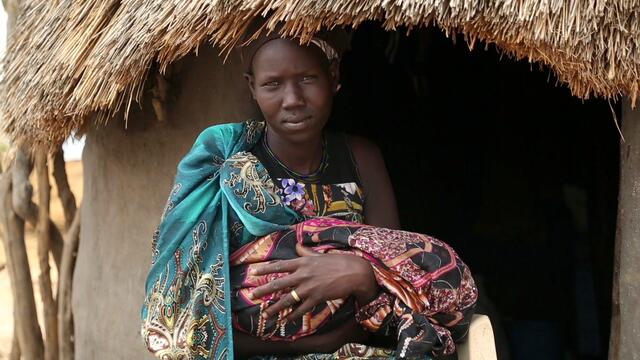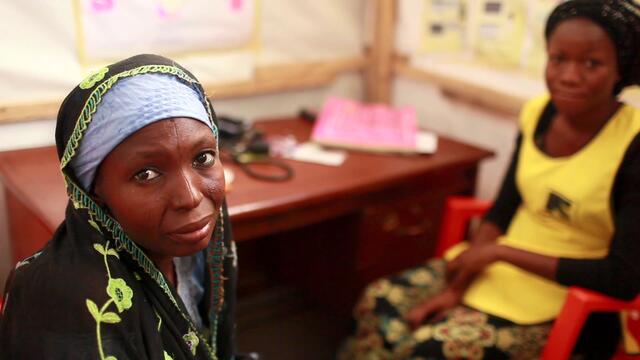2018 marks 100 years since women first received the vote in the United Kingdom, and while we are right to celebrate the incredible achievements of the feminists who came before us, we must not lose sight of how far we still have to go and how much we still need to achieve.
That is why on International Women’s Day our attention must be on those who continue to be left behind by welcome progress – whose lives are still dominated by violence, discrimination and disempowerment.

Nowhere is this more apparent than in the lives of the women and girls who have been forced to flee conflict. Whether refugees in another country, or displaced within their own, these women are in danger of being left behind by even the Global Goals which are intended to be the roadmap for how we will strive to end violence against all women and girls and achieve our social, economic, and political empowerment.
Addressing gender inequality isn’t easy, and it’s certainly not easy in a protracted civil war. Yet my experience of meeting women and girls caught in crises, in places like South Sudan, is that they display immense strength and courage in the face of adversity. This means with the right approach we can make progress to end violence and discrimination against women and girls, even in the most challenging situations.
So on the 8th of March here are 8 steps we can take together to support women and girls fighting for their rights in the most difficult places on Earth.
1. Listen to survivors
Listening to survivors reveals the shocking levels of violence women and girls face when they are forced to flee their homes. We must all find ways to not just listen to survivors but to show that speaking up has a real impact in changing how the humanitarian community responds in an emergency.
2. Deliver services for women and girls where and when they need them
There is a significant lack of services to address gender-based violence in humanitarian responses, particularly in rural areas. Despite international agreement that this must change, we’re not seeing real change on the ground. We need to find the cash to increase this type of work now – not in a few years.
3. Focus on adolescent girls
Adolescence is often a time when girls' self-esteem and aspiration give way to harmful gender norms, and their worlds can begin to shrink. Yet adolescent girls often fall through the gap between services that reach children and those focussed on adults. We must invest in specific programmes that address the unique needs of adolescent girls.
4. Involve local women
Local women’s organisations are often best placed to respond when an emergency strikes. They have the trust and reach to manage culturally sensitive issues and tackle the causes of violence. Without involving these groups when responding to an emergency the humanitarian community is missing an opportunity to affect lasting change.

5. Create places where women and girls can find comfort and heal
Creating nurturing, non-violent spaces for women to support one another and raise awareness of their rights, as well as accessing the medical or legal help they need, has been proven to have a positive impact on women’s coping strategies.
6. Tackle patriarchal norms which say women and girls deserve violence
The root causes of the problem are found in deep seated beliefs about the place and value of women and girls that excuse violence against them. It is essential to also work with men and boys on challenging these harmful ideas.
7. Give women cash
When women are given cash in an emergency it increases the freedom they have to make their own choices. The good news is that the use of cash is increasing - it must continue.
8. Do all of this as soon as the crisis starts
Violence against women and girls escalates in every single humanitarian emergency yet steps to address it only receive 0.5% of all humanitarian funding. If we are really serious then this is the first place to start.